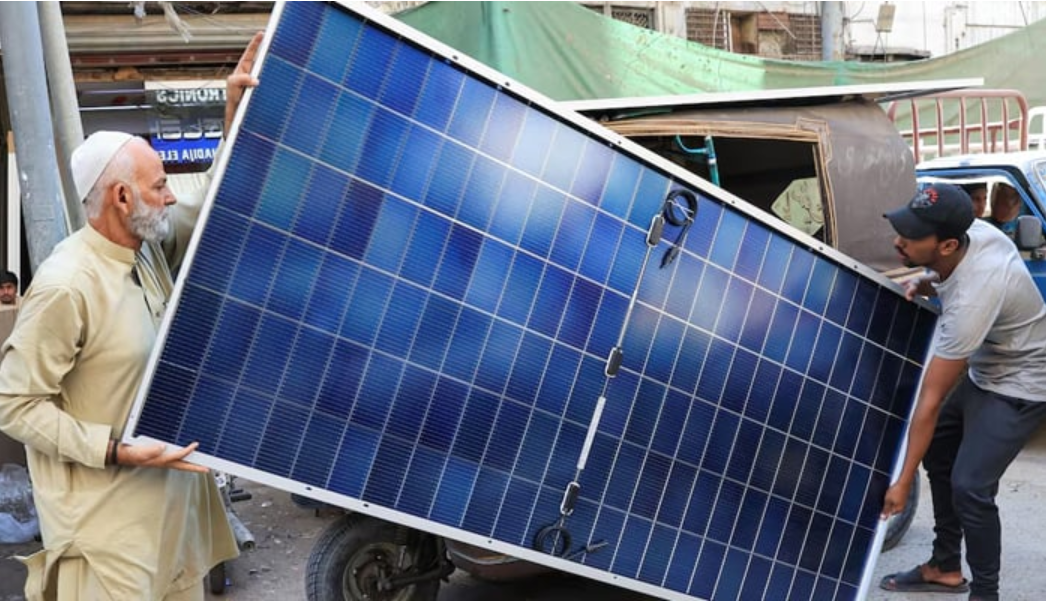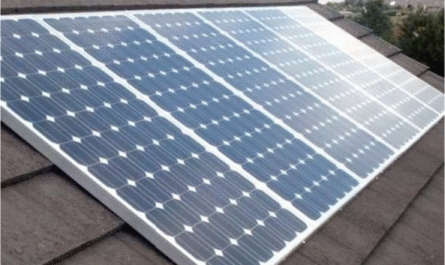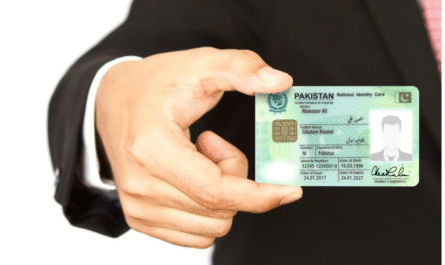1. Food & Beverages
- Excise duty on soft drinks, juices, carbonated water doubled—from 20% to 40%—meaning soda, squashes and flavoured beverages are now significantly pricier.
- Industrial dairy products (UHT milk, yogurts, cheese) now face a new 20% tax . Packaged milk, which was previously exempt, is now taxed at 18% —a blow felt by everyday consumers and businesses alike.
- Processed meats, including sausages and cured/smoked meats, are also hit with fresh taxes.
- Bakery & confectionery items—buns, pastries, biscuits, chewing gum, candy, chocolates, caramels, cornflakes—face tax increases of up to 50%, to be phased in over three years.
2. Electricity & Energy
- Reduction in electricity subsidies from ₨ 323 billion to ₨ 203 billion pushed utility bills higher.
- Gas Infrastructure Development Cess (GIDC) increased to ₨ 300 per mmbtu, adding extra cost layers to CNG, fertilizer plants, cement, textiles, and more.
- Higher electricity tariffs, especially fixed charges (e.g., K‑Electric hiked fixed charge from ₨ 460 to ₨ 2,000), impacted consumers.
- FED on cement increased from ₨ 2/kg to ₨ 3/kg, raising construction and home-building costs .
3. Electronics & Mobiles
- GST on mobile phones, tablets, and notebooks increased to 10% sales tax, and an 18% rate for imported models under $500.
- Prices of consumer electronics—LED TVs, ACs, refrigerators, laptops—rose by up to 30% post-budget.
4. Automotive & Travel
- Motor taxes jumped by 50–100%.
- GST on cars, especially local and hybrid models, increased—e.g., rates went from 12.5% to 15% for locally assembled sub-850 cc cars.
- Excise on airline tickets also rose significantly under FED—club/business and first-class tickets increased by ₨ 30,000–100,000 depending on the destination.
5. Miscellaneous Goods & Services
- GST hikes on second‑hand clothes, footwear, fertilizers, pharmaceuticals, jewellery, EVs—mostly doubling from 5% to 10% .
- Sales tax on branded shoes, apparel, and stationery jumped to 18%, up from previous concessions.
- Newsprint & books now subject to 10% sales tax .
🏭 Why It Matters for You
| Category | Key Impact |
|---|---|
| Everyday Food & Drinks | Essentials like packaged milk, bakery goods, and even sodas got pricier—stretching household budgets. |
| Energy & Utilities | Cuts to subsidies and new levies increased utility bills across the board. |
| Tech & Electronics | Up to 30% jump in prices, making gadgets less affordable for students and professionals. |
| Mobiles & Travel | Higher taxes on phones and airline tickets affect both daily life and long-distance travel. |
| Consumer Goods | Everything from clothes to jewellery now carries steeper taxes—raising living costs. |
This budget clearly shifts more of the fiscal burden onto consumers—especially in food, energy, tech, and transport—with the government targeting revenue generation in key areas.
💡 Final Thoughts
The 2025–26 Budget reflects Pakistan’s IMF-backed strategy of broadening tax revenue and cutting subsidies. While this helps stabilize finances, the cost is higher living expenses for ordinary people. Budget watchers should keep an eye on inflation data and any subsequent policy shifts that may offer relief.
For now, consumers are advised to plan and budget carefully—rising taxes on essentials are here for the long run.
you can comments about our post.



